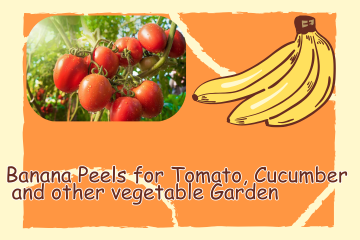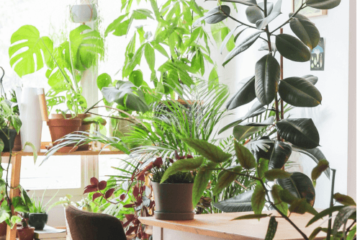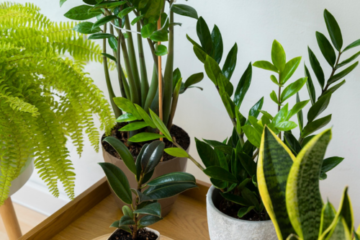Are you tired of struggling to grow healthy, vibrant tomatoes, onions, and cucumbers? Do you want to ditch chemical fertilizers and switch to something organic, affordable, and incredibly effective? If so, you’re in the right place! Today, I’m revealing a gardening secret that will transform the way you care for your plants. The best part? It only requires one ingredient—something you probably throw away every day.
But here’s the catch: while this method is simple, it’s also easy to get wrong if you don’t follow the steps carefully. Skipping a step or misunderstanding the process could lead to disappointing results or even harm your plants. So, if you want to unlock the full potential of this natural fertilizer and avoid common mistakes, keep reading. By the end of this blog, you’ll have all the knowledge you need to grow the healthiest, most productive garden of your life!
Step 1: Prep the Banana Peels
First, I chop up a banana peel into small pieces. This helps the nutrients break down faster and seep into the soil more effectively. I always try to use organic bananas, but if I can’t find them, I make sure to give the peels a thorough wash to remove any pesticide residue.
Precautions for the best use of this step:
Avoid using peels from bananas that have been treated with strong chemicals or preservatives, as these can harm your plants.
Don’t skip chopping the peels into small pieces—this step ensures faster decomposition and better nutrient release.
Step 2: Soak the Peels
Next, I toss the chopped peels into a five-gallon bucket filled with warm water. I let this mixture soak for two to three days. The longer it sits, the richer the nutrient solution becomes.
Precautions for the best use of this step:
Don’t let the mixture sit for more than three days, as it can start to develop a foul smell and attract pests.
Keep the bucket covered to prevent mosquitoes or other insects from breeding in the water.
After a couple of days, I strain out the banana peels and dilute the liquid with some water. The strength of the solution depends on the type of plant I’m feeding. For tomatoes, cucumbers, and onions, I use a 1:5 ratio (one part banana peel tea to five parts water). Remember that, you should never use the banana peel tea undiluted, as it can be too concentrated and may burn your plants’ roots. Always strain the mixture thoroughly to avoid clogging your watering can or spray bottle.
Step 4: Feed Your Plants
Now comes the fun part—feeding my plants! I use this solution to water my plants either before planting or when they’re already in the ground. I do this once or twice a month, and the results are amazing. My tomatoes are bigger and juicier, my cucumbers are thriving, and my onions are growing stronger than ever.
Precautions for the best use of this step:
Avoid over-fertilizing your plants. Using the solution more than twice a month can lead to nutrient imbalances in the soil.
Water the soil around the base of the plant, not directly on the stem, to prevent root rot.
Bonus Tip: Foliar Spray
You can also use this banana peel tea as a foliar spray. Just strain it through some cheesecloth to remove any particles, then mist it directly onto your plant’s leaves. This gives them an extra boost of nutrients and helps with photosynthesis. I do this once or twice a month, and my plants absolutely love it. Please avoid spraying during the hottest part of the day, as the sun can cause the leaves to burn. Early morning or late afternoon is the best time.
Don’t over-spray the leaves, as excessive moisture can lead to fungal diseases.
How Banana Peels work:
Banana peels are a natural source of potassium, which is crucial for fruit development and overall plant health. They also contain nitrogen, phosphorus, and magnesium, making them a well-rounded fertilizer. Plus, it’s an eco-friendly way to repurpose kitchen waste!
Conclusion:
And there you have it—the ultimate guide to using banana peels as a natural fertilizer for your tomatoes, onions, and cucumbers! This simple, eco-friendly method is a game-changer for any gardener looking to boost their plants’ health and yield without relying on synthetic chemicals.
But remember, the key to success lies in the details. Skipping steps like chopping the peels, soaking them long enough, or diluting the solution properly could lead to less-than-ideal results. So, take your time, follow the instructions, and watch your garden thrive like never before.
If you found this tip helpful, don’t forget to share it with your fellow gardeners and subscribe to my channel for more organic gardening hacks. Your plants will thank you, and so will I! Happy gardening! 🌱🍅🥒🧅




